Essential Indian Cooking Tools
So, you’ve made up your mind to start in this beautiful journey of Indian Cooking.
WELCOME !
Here you will find the absolute basics that is necessary to get you started in this journey.
This EXCLUSIVE GUIDE will show you ALL the equipment and tools that are needed for you to get started in cooking Indian Foods.
Even if you are someone who knows Indian Cooking, you will find this helpful!
Let’s dive right in.

Whether you are setting up the kitchen for the first time, or simply want to move ahead in your cooking skills – then it is essential to keep you self-motivated to succeed.
This guide will show you how to get going. By doing so, you will not only find it easier, but you will actually enjoy and start loving your cooking.
WHAT DO YOU NEED BEFORE STARTING TO COOK?
Firstly, you don’t need to buy any branded products, nor does your selection have to be the most expensive.
Please go through the below details and decide for yourself. Always try to get the best quality for your budget, and build from there.
I will also recommend a few products (Amazon affiliate links) which should help you save time.

So, at first, before you start cooking, you need fire or heating appliance that can help you cook your food. For which you need to buy a Stove.
Below are a few details and tips related to stoves.
Which Stove or Cook-Top to buy?
Stoves are nothing but kitchen heating appliances that serve the purpose of cooking the food.
Types of Stoves
Gas Stove:

This is the most commonly used type of stove in India and it uses LPG as fuel.
These are easy to use. Gas stoves are also available in two types – stainless steel and glass top.
They usually have 2 burners, 3 burners, 4 burners or sometimes 5 burners too. You may use any type of cookware utensils to cook on gas stoves, unlike other types.
At the learning stage, it would be fine to go with 2 or 3 burner stoves, so it would be easier to handle and learn quickly. Gas stoves usually cost from Rs.2000 – Rs.15,000(as of 2019) or more, depending upon the type of gas stove and the number of burners.
A basic stainless steel 2 burner gas stove for a beginner would cost approximately Rs.2000-Rs.3000 for a good brand.
Electric Stove :
This type of stove uses electricity to heat the appliance. It was introduced as a substitute for fuel consuming stoves like gas stoves and traditional wooden stoves.
This electric stove usually comes along with a baking unit attached to it at the bottom. The heating levels in this stove is controlled with a knob that has 6 or more positions to regulate the heat.
Beginners might find it a little tough to learn with this particular type of stove. I would suggest you go with gas stoves initially while learning to cook, then once you get well with it, you can always upgrade to a better one.
Induction Stove:

This type of stove uses electricity and heats up the coil which in turn heats up only the cookware used.
Any variation in temperature or heat is reflected immediately while cooking.
This type of stove supports only induction cookwares which have flat bottoms.
You may have this induction stove as an alternative to gas stoves.
For Beginners, it’s actually not required initially. This could cost approximately Rs.2500 to Rs.6000 or more.
Once you are done with buying a stove, the very next thing that you will need is – Cookware utensils or vessels, which are tools or containers that help you cook the food in it.
What Cookware Utensils To Buy?
This section will surely help you out in choosing the best cookware equipment needed for a simple South Indian Cooking.
Most of us would have heard people saying, Indian cooking is very complex and time-consuming as it needs various cookware utensils.
But if you have the right knowledge and tools(as given below), Indian cooking will be a breeze for you.
You may buy any branded products or anything that’s available in the local shops, but make sure it’s of good quality and within your budget.
9 Essential Cookware Utensils Required For Indian Cooking
1. Pressure Cooker:

A pressure cooker is said to be the main cookware appliance in every Indian Kitchen. Pressure cookers are great time-savers.
They are usually used to cook rice varieties, vegetables, gravies, dals, pulses and meat such as chicken/mutton etc.
Pressure cookers cut off the cooking time by more than 50% and ease out our work.
In case you do not want to buy a pressure cooker, it’s absolutely fine. But remember that your cooking time will be a lot more when you prepare it in normal deep, thick-bottomed pans/pots.
Pressure cookers are of 2 types: Stainless Steel Pressure Cookers & Aluminium Pressure Cookers
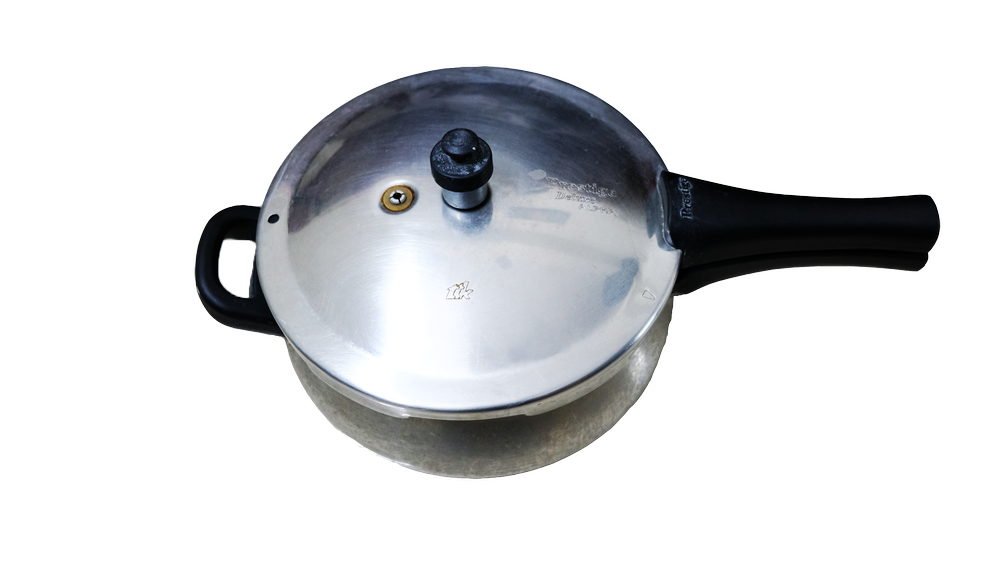
Stainless Steel Pressure Cooker 
Aluminium Pressure Cooker
Stainless steel cookers are easier to maintain over aluminium cookers.
I usually use pressure cookers for:
- preparing plain white rice,
- cooking dals for sambar/rasam, vegetable kurma, chicken kolambu, mutton kolambu, mutton biryani etc.
- simply boiling potatoes or any other vegetables.
- baking cakes when you don’t have an oven.
2. Kadhai or The Indian Wok:

This cookware utensil is the most important one that is required for most of Indian Cooking. You can buy two of them. One 2.5-3 litre in cast iron and another 4-5 litres in non-stick.
You can use the cast iron utensil for making curries or any gravy varieties. Using cast iron utensils have a good health benefit.
You can use the non-stick variety to prepare any sweet dishes or stir fry vegetables, commonly known as poriyal in Tamil.
If you want to try making Chinese dishes, then you may buy a 5-6 litre deep iron wok.
Any dish prepared using cast iron utensils tastes so delicious.
I usually prepare curries like puli kolambu, poondu kolambu (garlic curry), mutton ghee roast, chicken chukka in cast iron kadhai or skillet. It gives the dish a peculiar flavour.
One very important thing about cast iron is that, you need to maintain it well. Never make the mistake of soaking it in water or washing it with detergents.
If you are interested in Indian Organic Cookwares like Cast Iron Cookware, check out the below:
Iron and Cast Iron Cookware – From the Ancient City of India

3. Tawa or Flat Skillet:

A flat skillet or commonly known as dosa tawa or chapathi tawa in India is MUST-HAVE cookware in an Indian kitchen.
I would suggest you to buy 2 tawa or skillet. One exclusively for dosa/dosai and another one for chapathi or egg omeletes etc.
Always use a cast iron tawa for making dosa. The reason being – you can make very crispy and thin dosas like in restaurants with just very little oil. Also, cast iron is a healthier option to non-stick cookwares.
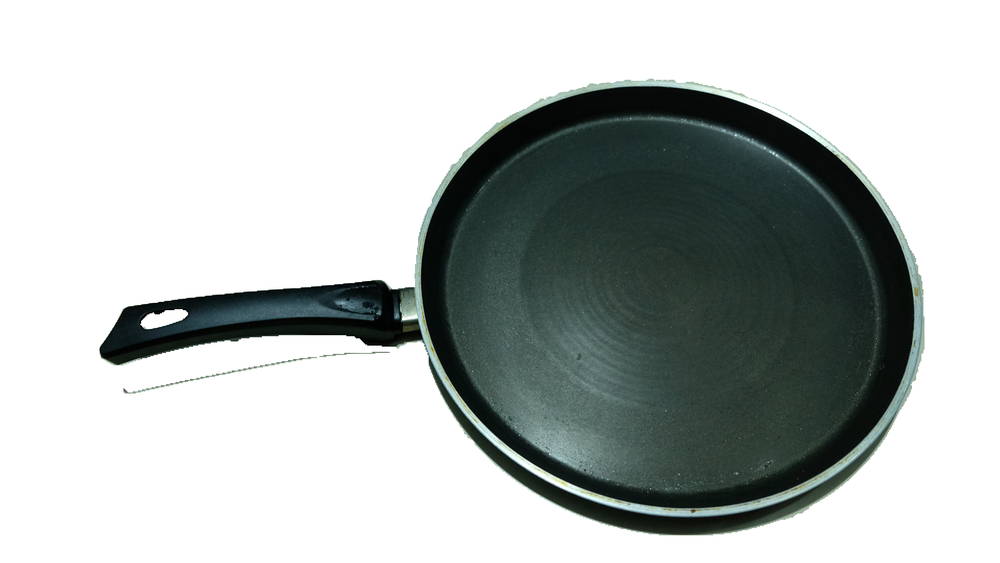
You may have a question: What is the need for two separate tawas?
After you prepare chapathi, when you try to make dosa in the same tawa, you will not be able to remove the dosa from the tawa. Dosa will stick to the tawa.
No matter even if you wash it before preparing dosa. To avoid it, it’s always better to make dosa and chapathi in separate tawa.
4. Deep Sauce Pot:

A deep sauce pot can be used for preparing biryani’s, pulao’s, curries etc.
It can be more helpful when you prepare dum biryani or dum gravy recipes.
You may buy a 4-7 litre sauce pot, but make sure it is a heavy-bottomed sauce pot.
Heavy bottomed utensils help us avoid burning the food while cooking. It will be handy when you have guests.
These pots come with two handles on either side and with a glass or stainless steel lids. Hence, they can be used as a Cook & Serve Pots.
Cook & serve pots reduce the number of utensils used, thus minimizing dishwashing work.
5. Milk Pot/Tea Pot:

This cookware utensil helps you boil milk, prepare tea, make soups, boil potatoes, boil eggs, blanching vegetables etc. It is one handy utensil in the Indian Kitchen.
This cookware might be available with or without the lid. You may buy the one with lid, so you can use it whenever needed.
Also, make sure that the milk pot or tea pot has a sandwiched bottom, which helps in avoiding burning.
Beginners may buy this pot in two sizes. One of 1 litre and another of 2-2.5 litres. You may use the one litre to make tea for 4-5 members and the other to boil the milk or eggs, blanching vegetables.
6. Idly Steamer/Idly Cooker

Idly Steamer or cooker is one main cookware found in every South Indian kitchen. There can be no one without preparing hot idlies at least once in a week in South India.
Idly is said to be the most healthiest dish ever so far.
The name says ‘Idly Steamer’, but it can also be used to prepare modak/kolukattai (be it the sweet or spicy version), steam rice or ragi flour to make puttu.
Idly steamers are available in stainless steel and aluminium version. I would suggest you buy the aluminium version as it makes softer idlies compared to stainless steel ones.
This idly steamer is also available as a cooker with a whistle and I personally do not have a good experience with it. Hence, I wouldn’t suggest you buy that.

This Idly Steamer with aluminium version would approximately cost you around Rs.500 – Rs. 1200 or so depending upon the number of racks and idly holes in it.
A 2 tier (rack) with 11-15 idlies in total will be sufficient enough for beginner’s.
7. Kuli Paniyaram Pan/Fried Pan Cake Maker:

This cookware is used to prepare kuli paniyaram/gulittu/ponganalu as called in different regions in South India.
This pan has 5+ small fissures or holes in it, where the batter it poured and cooked until it gets cooked crispy and shapes like a ball.
It is available in both non-stick and cast iron version. The cast iron version uses more oil compared to non-stick version.
Beginner’s can choose any of these two versions according to their need. Both are good in my point of view. If in case, you wanna go easy on oil, then its better to choose the non-stick version.
Any way, we wouldn’t be using this kuli paniyaram everyday. Hence, using a non-stick cookware once in a while is ok unless you maintain it well.
This pan would cost you approximately around Rs.300 – Rs.1000 or more depending upon the number of fissures or holes in the pan.
8. Fry Pan / Saute Pan:

As the name says – a fry pan or saute pan, is used for sauteing vegetables, making poriyal (stir fry) like carrot, beans, cabbage, potato, etc.
It is also used to shallow fry fish, make cutlets etc.
These type of pans usually have flat bottoms and therefore, help in shallow frying too.
Beginners can buy two pans of two different sizes. It is again available in stainless steel, non- stick and cast iron. You may choose the one that suits you.
If you are choosing the stainless steel version, make sure it has a sandwiched bottom, so it helps avoid burning the food.
You may choose one 2 litres and another of 3-4 litres. Also, make sure you choose the one that is wider rather than a deeper one.

This could cost approximately around Rs.600 – Rs.6000 or more depending upon the quality and brand you buy. Always keep your budget in mind before you buy a product.
9. Tadka Pan/Seasoning Pan:

This is generally a small sized pan that is used to make tempering for any dish.
Tempering is nothing but seasoning the dish at the end once it is prepared. It adds a great flavour to the dish.
Usually, a tadka or seasoning pan rages between 5 cm-15 cm in size and costs approximately Rs.150 – Rs.300 or so depending upon the size. They are again available in stainless steel, iron, aluminium or non-stick.
Beginners can buy one between 8 cm to 10 cm.
I use an aluminium tadka pan. Hence, I would suggest you buy the same or go with iron or non-stick. It really doesn’t matter much as the duration of cooking with it is just 2-3 mins.
Now, you are set-up with the necessary cookware utensils.
Next, you will require something like a spoon or ladle or spatula or a tong to stir, flip, toss etc and also that can help you with mixing or combining the ingredients that you add into the pan or pot while cooking.
What Cookware Tools & Accessories To Buy?
Cookware tools and accessories are just handheld kitchen tools that help in mixing, serving, combining, stirring, filtering, peeling, grating, cutting etc.
Below are a few kitchen tools and accessories that are very essential in every Indian Kitchen.
Must-Have Kitchen Tools & Accessories
1. Spatulas/Karandi/Ladles:
Dosa/Chapati Spatula:

A flat-spatula used for flipping or turning or lifting dosa from the tawa.
You may buy two flat-spatulas – one for dosa and the other for chapati.
If you are using a non-stick tawa, make sure to use a wooden flat-spatula to avoid scratches on the tawa.
Stainless Steel Skimmers:

These are spatulas that have holes in them which helps in draining oil or water when you remove the cooked food from the pot or pan.
Eg.: to drain the oil as you remove poori/puri, vada/vadai, appalam, fries, fried chicken, cauliflower 65 etc after frying in oil.
Dosa Ladle/karandi:

This kind of ladle is exclusively for making or spreading dosa on tawa.
It has a flat bottom and is slightly deep to spread dosa evenly on the tawa.
You may buy a stainless steel dosa ladle and it would cost approximately Rs.100-Rs.300 depending on the size. It can also be used for any other stirring or serving too.
Stainless Steel Ladles/Kuli Karandi:

These ladles will help you while cooking to stir sambar or rasam or any watery gravy. It can be used for serving as well.
This could cost approximately Rs.100 – Rs.200 or so depending upon the size.
You may buy 2 to 3 ladles of this type but in different sizes. Buy wooden ladles if you need to use it for non-stick cookware.
Spoons/Shallow Karandi:
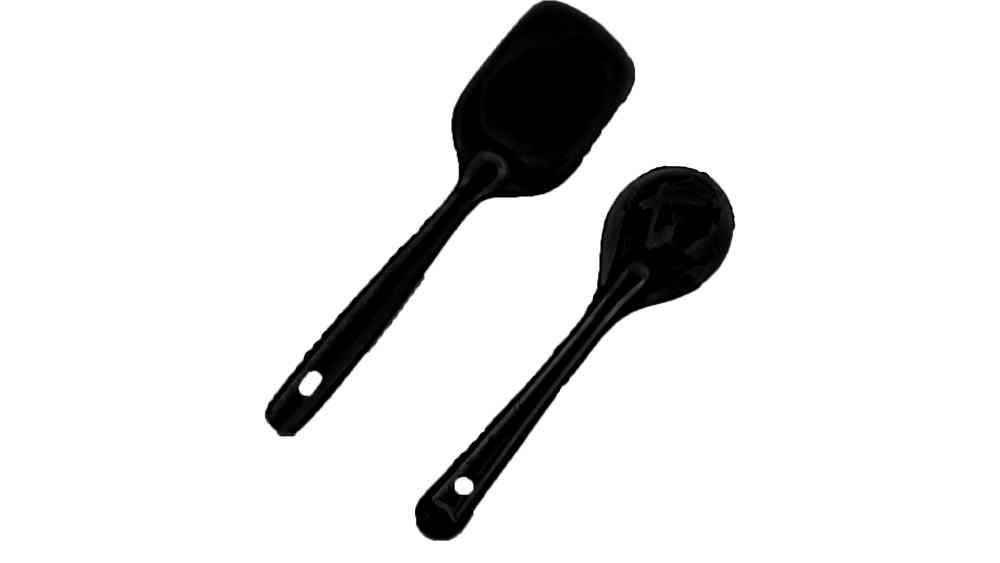
You will need at least 2 bigger size spoons. One for serving/cooking rice and another to stir fry vegetables.
It would cost approximately Rs.70-Rs.200 or so. For rice, you can choose a stainless steel one.
But for stir-frying vegetables, you can still choose stainless steel spoon if you are using it for a cast iron or aluminium cookware.
Always remember to use only wooden spoons or tools for non-stick cookware to avoid scratches.
2. Tongs to Hold Hot Pot/Pan:
Wired-Tongs:
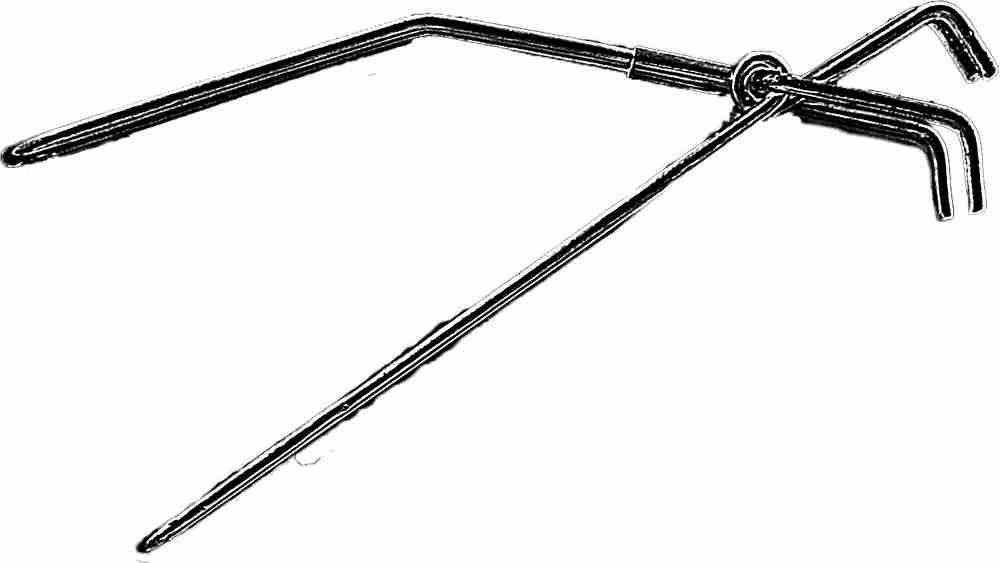
You will need a wired tong to lift hot pots or pans. They will be of great help as you start using them.
You need not search for a glove or cloth to carry the hot pot/pan.
This could roughly cost Rs.50 – Rs.150 or so. There are two types of wired tongs. I use both of them, and its been of great help to me. It’s not necessary to have both. But I would suggest beginners get at least one of them.
Flat or Serving Tongs:

This is a tong with a slightly flat and/or broader ends that is used to hold the phulkas while on fire, used to flip roti or chapati, helps in cooking papad directly on fire.
This tong with a slightly broader end can also be used for serving rotis/chapati, BBQ chicken, grill chicken etc. This would roughly cost around Rs.150-Rs.250 or so depending on the size and quality.
3. Cutting Tools:
Kitchen Knife:

This is a very important tool in every kitchen. Knives are used to cut vegetables, fruits, cut meat, to tear open any packets etc. I always prefer to have 3 knives.
One small knife for cutting leafy vegetables, one serrated knife for the regular chopping and cutting of vegetables and fruits. Finally, one big knife to cut meat (if required).
These knives usually cost Rs.50 – Rs.5000 depending upon the size, quality and brand.
Beginners may buy a knife at first and learn to cut well, and later upgrade it to your preference or convenience.
Scissors:

Always have a pair of scissors in your kitchen as it will help you to cut sealed packets, milk cartons/packets, spice packets, curd/yoghurt pouches, oil cartons, any sort of sachets etc.
It would you cost approximately Rs.50-Rs.300 or so depending on the size.
Herb scissors are another variety of scissors which helps you cut herbs directly into the pot. Herbs like coriander/cilantro leaves, curry leaves, mint leaves etc can be cut with this scissors.
Beginners, I would suggest you not to buy these herb scissors, as I haven’t had a good experience with it so far.
Peelers:

This tool is used for peeling or removing the skin of vegetables and fruits. Vegetables such as potato, carrot, ridge gourd, bottle gourd, cucumbers etc need to be used only after peeling off the skin.
Fruits like apple, papaya, mango etc can also be peeled using this tool. Buy a simpler one that can be easy to use and handy.
Grater and Slicer:

grater 
slicer

Grater will help you grate vegetables like carrot, potato, onion, beetroot, cucumbers etc to make South Indian poriyal recipes or any vegetable stir fry.
Slicers can be used to slice vegetables to make potato chips, beetroot chips, carrot chips, cucumber chips etc. Or simply slice cucumbers, onions and raw banana for making bajjis.

Beginners can buy a multi-purpose box grater and slicer as it will have different types of grating and slicing shapes in one tool.
This option could save you some money.
Chopping Board:

This is a must-have tool to help you cut the vegetables and fruits. I would suggest you buy a wooden chopping board instead of plastic ones.
Because while you cut on a plastic board, you might end up cutting a small tiny bit of the plastic board along with the vegetables which are harmful. So always go with a quality wooden chopping board.
This approximately costs Rs.200-Rs.2000 or more depending on the size, quality and brand. A 12″x18″ would be more than sufficient.
Other Tools & Accessories (like Chapathi Roll, Spice Box)
Chapathi Rolling Board & Pin:

This is one main tool that is required when you want to roll the chapati or puri before cooking it in the tawa or frying in the oil respectively.
It is also used to roll out any dough before you make cuts/shapes on it. It is available in stainless steel, marble and wood.
Beginners can buy in marble or stainless steel as it would be easier to handle. It costs approximately Rs.300-Rs.700 or more depending upon the size and variety.

Spice Box/Masala Box:

A spice box is one big round box having 5-7 small bowls inside that can be used to store whole spices used for tempering and powdered spices too.
I would suggest having 2 spice box.
One for storing tempering spices like mustard, urad dal, gram dal, fenugreek, pepper, cumin seeds and fennel seeds.
Another to store the most used powdered spices like turmeric, red chilly, coriander powder or dhaniya, garam masala, black pepper powder etc.
This way of storing spices will ease out your work of taking every single spice container from the shelf. It’s just one box for all your basic spices.
It is available in stainless steel, plastics and wood. Such spice/masala box would cost approximately Rs.250 – Rs.2000 or more depending on the variety, quality and size. You may choose the one that suits your need and budget.
Hand Whisk/Egg Beater:

This tool will be of great help when you need to make buttermilk, beat eggs until frothy, break lumps in any batter etc.
They are available in different types such as manual whisk/beater where we need to put our own efforts to whisk or beat. In Electric, either battery operated or electricity operated where it runs on power and no manual effort is required.
You may buy anything you prefer. But I would suggest beginners go with manual whisk or beater at the initial stage of learning to cook.
Filter/Strainer:

This tool helps you filter tea dust from tea, remove seeds from fruit juices etc.
Sieve/Flour Sifter/Soup Strainer:
A flour sifter can be used only for sifting or sieving flour, meaning removing lumps or stones from the flour.
A soup strainer or a sieve can be used to sift flour, strain/filter soup, fruit juices, milk, drain water from the rice, pasta and many other.
Beginners can buy 1 medium and 1 large soup strainers or sieve that can be used for other purposes too.
It costs approximately around Rs.200 – Rs.400 or so depending on the size. Make sure to buy the ones that have medium sized mesh and not small or larger ones.
Coconut Breaker:

This tool is used to break open the coconut shell to use it’s soft kernel inside in preparing curries and chutneys. This coconut breaker is a must-have tool. It can be used to break the coconut and also to remove the kernel. They are available in two types and are usually heavy.
Now, you are set-up with the necessary cookware utensils, tools & accessories. Next, you will require some servewares like plates, bowls, spoons, forks etc to serve the delicious food that you prepared all the while.
Must-Have Servewares
Servewares are those tools that are used to serve the food. They include plates, bowls, spoons, forks, etc. Below is a list of servewares & tablewares that are very essential when you serve food.
What Servewares To Buy?
1. Plates:
Main Plate and Side Plates:

The larger plate is called as the main plate as the main dishes such as rice, chapati, roti, dosa, idly, biriyani will be served in this plate.
These plates will usually be around 10 inches to 14 inches or so. It can be of stainless steel, plastic, melamine or ceramic.
It’s always better to avoid plastic servewares as it may react with the hot food served.
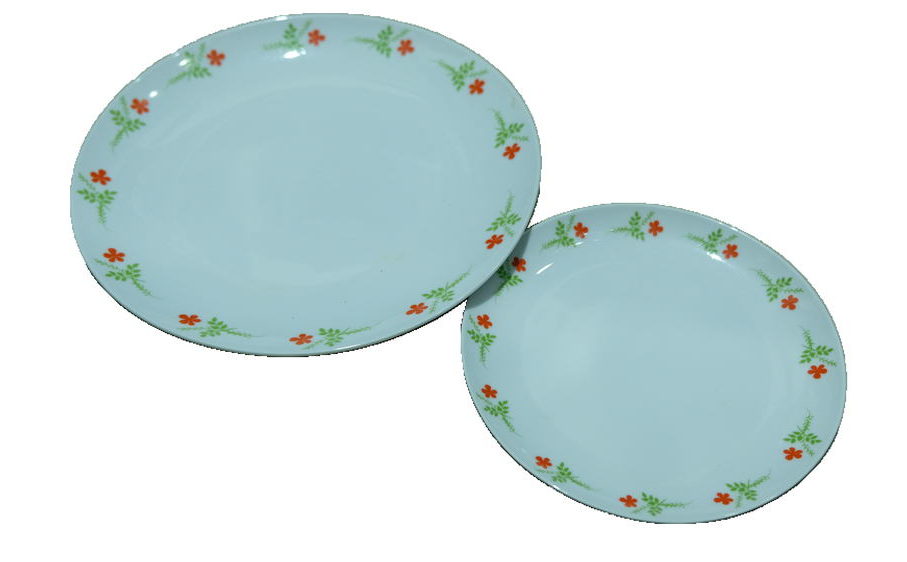
Side plates are usually placed beside the main plate. They are used to serve poriyals, stir fry, starters, raitas etc. These plates can also be used as snack or dessert plates. They are usually 4 inches to 7 inches in size.
2. Bowls:
Curry/Gravy Bowls:

They are usually used to store gravy or curry-like sambar, rasam, curd, kolambu varieties, mushroom gravy, paneer butter masala etc and are placed on the table for breakfast, lunch or dinner.
These bowls may or may not have serving spoons in them, and you may always use the above-mentioned ladles or spatulas to serve.
They can be in stainless steel, melamine, ceramic or glass.
Beginners can buy about 4-5 bowls of different sizes with lids.
Dessert Bowls:

These type of bowls can be used to serve ice creams, gulab jamuns, rasgullas, kheer/payasams, kesari or any other sweets and desserts.
3. Spoons & Forks:
Spoons:

This is used to scoop the food from your plate and take a bite. It may be used to mix sambar with rice and eat or mix any other curry with rice and eat.
It can be used to scoop ice creams and other sweet or dessert dishes. Usually in stainless steel, wooden, ceramic etc. Stainless steel ones are always the best from my point of view.
Beginners, you may buy 6-10 pieces of spoons depending on your usage and need.
Forks:

They are usually used to eat noodles, slightly help you push your food onto the spoon, to grab some starters like Gobi Manchurian, chicken roast, chicken 65, Gobi 65 etc.
Usually in stainless steel and they are always the best from my point of view.
Beginners, you may buy 6-10 pieces of spoons depending on your usage and need.
4. Salt & Pepper Dispenser:

This is yet another essential thing that needs to be placed on every dining table. Salt levels required for every individual may differ.
Hence, if such a dispenser is placed on the table, it can be used. Also, if some require more spice in a soup or gravy, they can add a dash of pepper right on their table and you need not go back to the kitchen and search for the spice box.
It could be more helpful when you have guests over to your place.
Beginners, it’s just optional for you to buy this.
5. Glass/Cups/Tumblers/Coffee Mugs:

They can be used for drinking water, milk, tea, coffee, fruit juices, milkshakes, smoothies etc. They are available in stainless steel, glass and ceramics.
You may have some stainless steel tumblers for hot milk or water or tea, glass for chilled fruit juices or milkshakes or smoothies and mugs for coffee or tea or milk or anything as you need.
Buy them only if you actually need them. It’s completely your choice on what and how many to buy.
Must-Have Kitchen Appliances
These appliances are central to Indian cooking. Often times our food needs a good storage for later use (Fridge), dosa/idly needs grinding of batter (wet grinder) and spices need grounding them to powder (mixie). The below appliances will cover all of them.
Must-Have Kitchen Appliances In Every Indian Kitchen
1. Refrigerator:
- To store vegetables and fruits to allow it to stay fresh for a few days or a week. The freshness depends on the quality of vegetable and fruit and how you store them.
- It can also be used to store some powdered spices to increase its shelf life.
- To store leftover food to use it for your next meal.
- To store idly/dosa batter.
- To store pickles, curd, milk, eggs, sauces, ginger garlic paste, leafy vegetables etc.
- The freezer unit in a refrigerator can be used to store ice cubes, ice creams, frozen foods and frozen meat.
2. Mixi/Mixer/Blender/Food Processor:

- It is used to grind whole spices to powdered spices.
- Used to blend masalas, grind chutneys, coconut milk, masala for biriyani, green chutney paste, ginger garlic paste etc.
- To make fresh juice using juicer jars that may come along with the blender set.
- Food processors can be used for shredding, cutting, slicing, grating vegetables and fruits reducing our manual cutting work. They can also be used for preparing chapati or roti dough.

3. Wet Grinder:
- It is one must have appliance in every South Indian Kitchen.
- It is used to grind dosa/idly batter.
- Many other dosa and idly variety batters can be ground using this wet grinder.
- This appliance is heavier compared to mixer/blender.
- It helps grind fine and smooth compared to mixer/blender, especially when you prepare dosa/idly batter.
Now that you are setup with the necessary cooking tools and equipment, let’s move on to the next important stage in learning Indian Cooking:









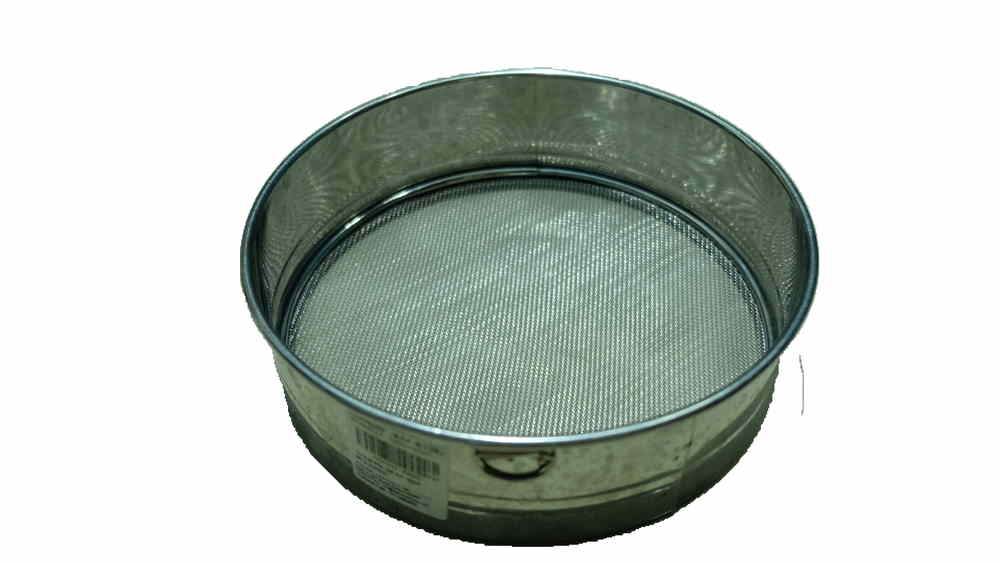



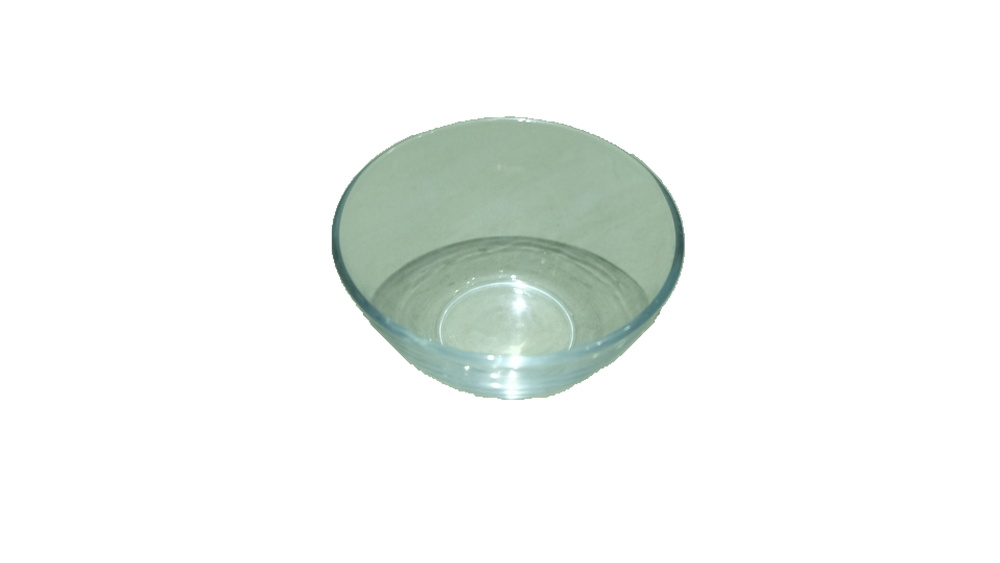





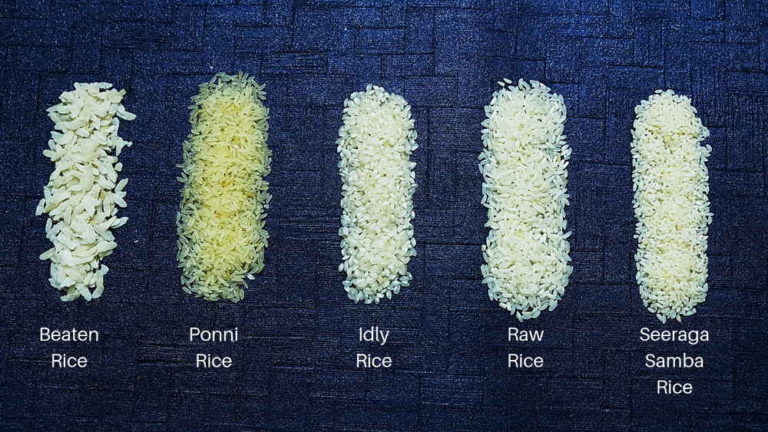



I am a south Indian. I started studying your article with thr great ideas to knoe the cotrect proportion of rice and water to be used in thrre whistle ttk pressure cooker. Got a very very good idea of what an ideal kitchen should have. But my question of water to ponni rice, remains unanswered. Incidentally I wish to add that as on daye I am 81 But I never had the need to enter the kitchen as my 77 years world was alive. I have lost her in August 2019.Hence want to start learning south indian food. Please send your reply by email to keep in touch to learn more on the subject. Regards. Seshadri